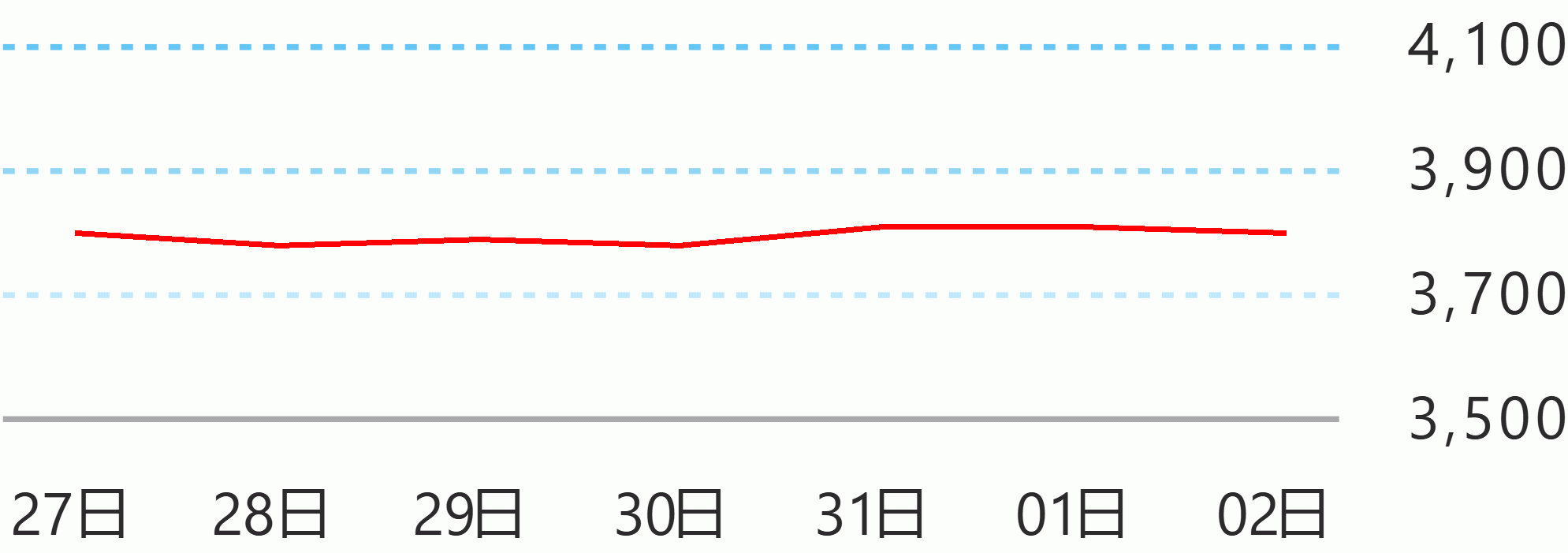The reopening of the economy and massive testing have halted the flattening of curve on new coronavirus cases in the Philippines, Malacañang said on Thursday.
In an interview with CNN Philippines, Presidential Spokesperson Harry Roque said the country had started to flatten the curve when most places, including Metro Manila, were still under the enhanced community quarantine and modified ECQ.
"Immediately after ECQ and MECQ, we noticed that we have somehow experienced decline in the number of cases. In other words at some point, we're starting to flatten the curve...but unfortunately because of the opening of the economy and also because of intensified testing, it did not continue. The flattening did not continue," he said.
The issue on whether the country has flattened the curve on COVID-19 cases came after Health Secretary Francisco Duque III, in a televised briefing on Wednesday, said the government has "successfully flattened the curve since April" as case doubling time and mortality rate have become longer.
But after a few minutes, Duque retracted saying that what happened was actually "bending" of curve.
Roque said the increase in the number of COVID-19 cases due to massive testing was not necessarily negative.
"As I said, the tremendous increase in testing, actual testing being conducted and testing capacity has given us, number one, the means to detect where the enemy is and we now have the space for isolation and of course now we know better on how to treat them," he said.
"So we’ve not actually flattened the curve, we slowed it down tremendously as a result of ECQ and MECQ but with intensified testing and I guess with the reopening of the economy, the cases increased anew," Roque added.
As of July 15, the COVID-19 cases in the Philippines rose to 58,850, with 36,260 active cases, 20,976 recoveries, and 1,614 deaths. Celerina Monte/DMS





 English
English










